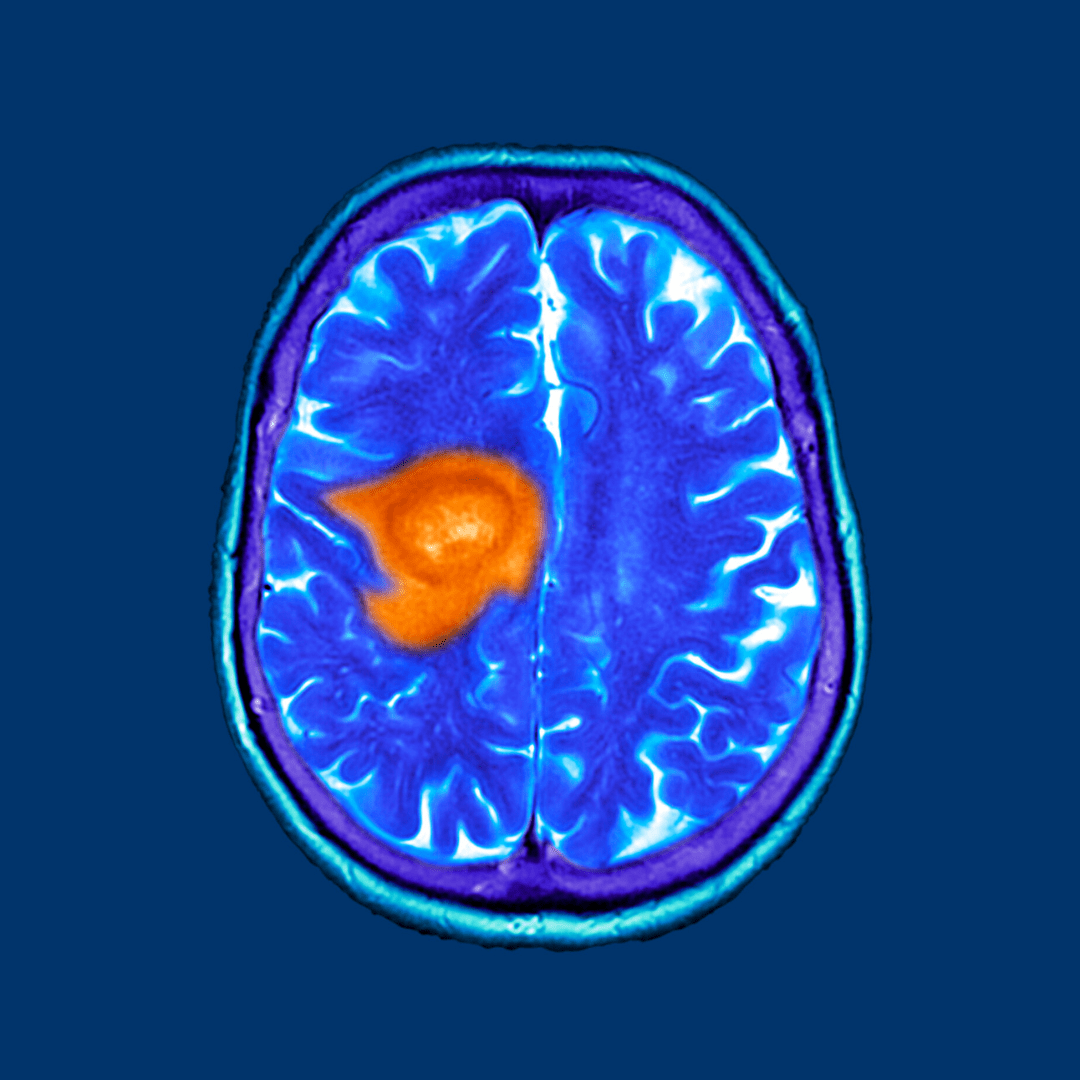Cancer treatment has evolved significantly in recent years, with growing interest in complementary therapies that support traditional treatments like chemotherapy, radiation, and surgery. One such approach gaining attention is Hyperbaric Oxygen Treatment for cancer. Though not a cure, this therapy has shown promising potential in improving quality of life, accelerating healing, and enhancing the effectiveness of standard cancer treatments.
What is Hyperbaric Oxygen Treatment?
Hyperbaric Oxygen Treatment (HBOT) involves breathing pure oxygen in a pressurized chamber. Under normal conditions, oxygen is transported by red blood cells. However, in a hyperbaric environment, oxygen dissolves more effectively into plasma and reaches tissues with reduced or compromised blood supply. This elevated oxygen concentration promotes faster healing, fights infection, and stimulates the body’s natural repair mechanisms.
HBOT has been successfully used for conditions such as decompression sickness, carbon monoxide poisoning, and chronic wounds. More recently, its role in cancer care has been investigated, particularly as a supportive therapy.
How Hyperbaric Oxygen Treatment Supports Cancer Patients
While Hyperbaric Oxygen Treatment for cancer is not a standalone cure, it offers a range of benefits that can aid recovery and enhance other treatment modalities:
1. Improved Healing Post-Surgery or Radiation
Cancer patients undergoing surgery or radiation therapy often experience delayed wound healing, tissue damage, and inflammation. HBOT can enhance oxygen supply to affected tissues, promoting quicker recovery and reducing the risk of infection. It is especially beneficial for head, neck, and pelvic cancers where radiation can cause long-term tissue damage.
2. Reduction of Radiation Side Effects
Radiation therapy may lead to radiation necrosis—damage to healthy tissues surrounding the tumor site. Hyperbaric Oxygen Treatment helps revascularize these damaged tissues, restoring blood flow and improving cellular regeneration. This is particularly useful for patients with osteoradionecrosis (bone damage due to radiation).
3. Enhanced Immune Function
Oxygen-rich environments support white blood cell function, boosting the immune response. For cancer patients, a stronger immune system helps fight infections and contributes to overall resilience during treatment.
4. Potential Tumor Sensitization
Emerging research suggests that hyperbaric oxygen may help sensitize certain tumors to radiation and chemotherapy, making these treatments more effective. Increased oxygen levels may improve the oxygenation of hypoxic tumor cells—those that typically resist treatment due to low oxygen supply.
Scientific Insights and Caution
Studies on Hyperbaric Oxygen Treatment for cancer are ongoing. While some preclinical data supports its use in specific scenarios, more large-scale, randomized trials are needed to confirm its efficacy and safety as a mainstream cancer therapy. It is essential for patients to consult with their oncologist before pursuing HBOT to ensure it aligns with their overall treatment plan.
Notably, HBOT is not suitable for all cancer types or stages. Some oncologists may have concerns about its effect on tumor growth, though recent evidence suggests that, when properly administered, it does not stimulate cancer progression.
Conclusion
Hyperbaric Oxygen Treatment for cancer offers promising benefits as a complementary therapy—particularly for reducing treatment side effects, enhancing tissue repair, and improving quality of life. While not a cure, it can be a valuable addition to a comprehensive cancer care strategy when used under medical supervision. As research continues, HBOT may play a more defined role in integrative oncology, offering hope and healing to cancer patients around the world.









